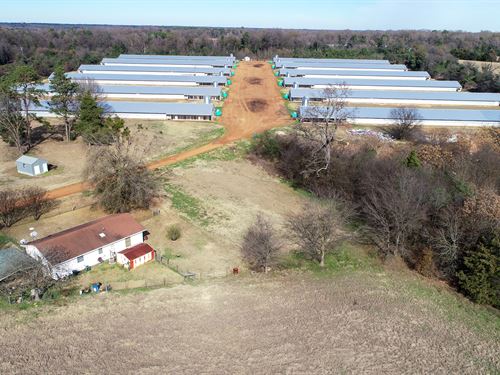
In the 1950s, they charged $15 for fifteen minutes ($145 in today's terms).

Įach prostitute would have between five and twenty customers per day. The Chicken Ranch was preferred because many of the girls were allegedly University of Texas students. Students at Texas A&M University also made an unofficial tradition of sending freshmen to the Chicken Ranch for initiation.

On weekends there was often a line of men, mostly students or soldiers from nearby military bases, at the door. In the 1950s, the Ranch employed sixteen prostitutes. Milton also contributed to local civic causes, becoming one of La Grange's largest philanthropists. To encourage support from the townspeople, supplies were bought from local stores on a rotating basis. After beginning work, they were required to see the doctor in town weekly for a checkup. Before beginning their employment, the prostitutes were fingerprinted and photographed by Flournoy and underwent background checks. They were prohibited from drinking or getting tattoos and were not allowed to socialize with the residents of La Grange. Milton maintained many of Williams's rules for the girls. After Williams died in 1961, Milton purchased the property, which she officially renamed Edna's Fashionable Ranch Boarding House. Williams began suffering from arthritis in the 1950s, and in 1952 a young prostitute named Edna Milton came to the ranch and eventually took on many of the day-to-day responsibilities of operating the brothel. He immediately had a direct telephone line installed at the Chicken Ranch so that he could continue his predecessor's tradition of gaining information from the brothel without having to travel each evening. Williams supplemented her income by selling surplus chickens and eggs. The number of chickens at the brothel exploded, and soon the place became known as the Chicken Ranch. She implemented the "poultry standard", and charged one live chicken for each sexual act. As the Depression lingered, the number of customers dwindled and Williams had difficulty making ends meet for her employees. ĭuring the Great Depression, Williams was forced to lower the prices charged. Sheriff Loessin often paced the halls and, using an iron rod, would eject patrons of the brothel for abuses toward its employed prostitutes. Many local crimes were solved with information gained from these visits. Įvery evening, the local sheriff Will Loessin would visit the Chicken Ranch to learn the latest gossip and if patrons had boasted of crimes. No external signage was utilized to mark the brothel's presence within the house. The unlit brothel entrance was discreetly located at the back of the house, which featured 14 rooms. The brothel "looked like a typical Texas farmhouse, with whitewashed siding and a few side buildings," which held the chickens. The advertising, and an increase in automobile ownership, increased the traffic flow to the brothel and new rooms were subsequently added to meet the increased demand. Under the direction of two sisters who worked in the house, the prostitutes sent packages and letters to local men fighting in WWI. In 1917, the Chicken Ranch began advertising. This was the final location of the Chicken Ranch. In 1917, after learning of an imminent crusade against the red-light district, Williams sold her house and purchased ten acres (40,000 m 2) outside the city limits of La Grange, two blocks from the Houston–Austin highway. Williams maintained a good relationship with local law enforcement: by excluding drunkards and admitting politicians and lawmen, she ensured that her house was tolerated. In 1905, Jessie Williams, known as "Miss Jessie" (though born Faye Stewart) bought a small house along the banks of the lower Colorado River and opened a brothel.


 0 kommentar(er)
0 kommentar(er)
